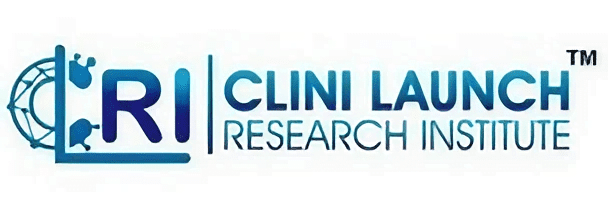Cancer Bioinformatics – Powered by Precision Oncology | 2024
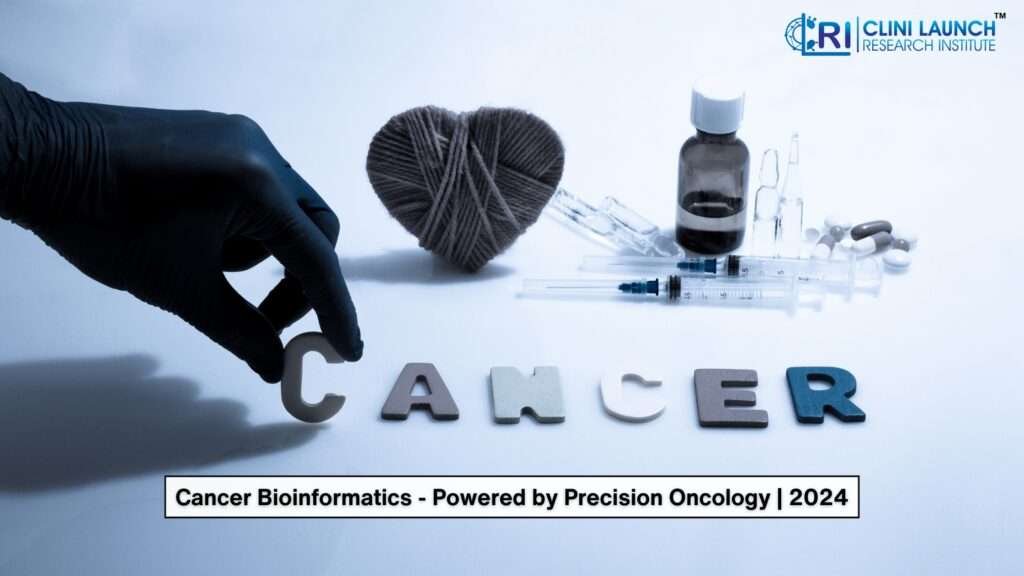
Large volumes of biological data produced by cancer patients are analyzed using computational tools and methodologies in the quickly developing subject of cancer bioinformatics. Through the use of genomic analysis in cancer, cancer bioinformatics enables researchers to better understand the genetic composition of tumours and how cancer develops and progresses. The subject of precision oncology […]
Gene Regulation – Unlocking Secrets to Better Health in 2024
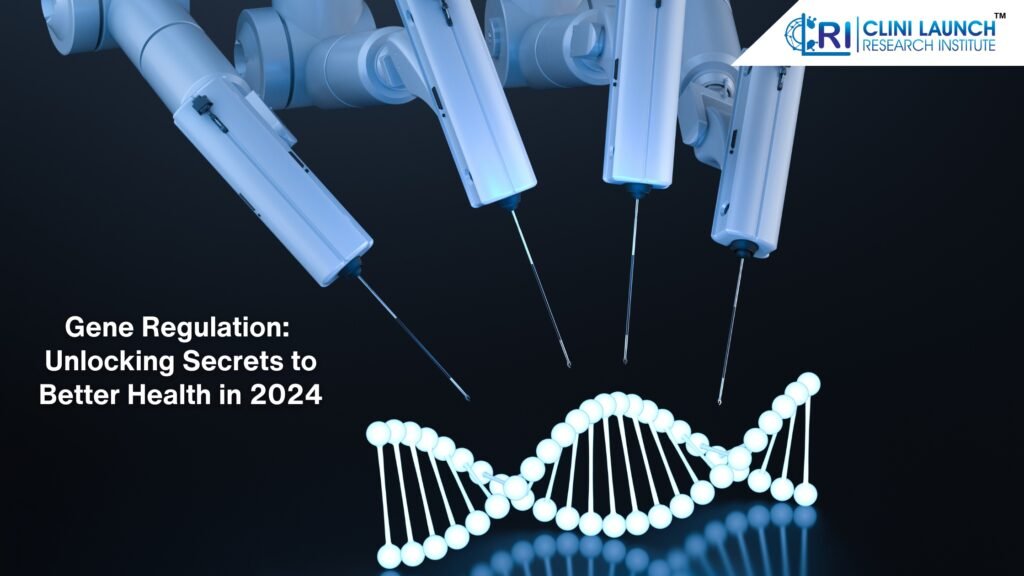
Gene regulation is a critical component of cellular function, managing the delicate balance of gene expression. This intricate interaction of genetic and epigenetic variables regulates the exact time and quantity of gene activation. While the basic DNA sequence stays constant, epigenetic mechanisms like DNA methylation and histone alterations have a significant impact on gene regulation. […]
An Adequate Guide to Genetic Variation Analysis 2024
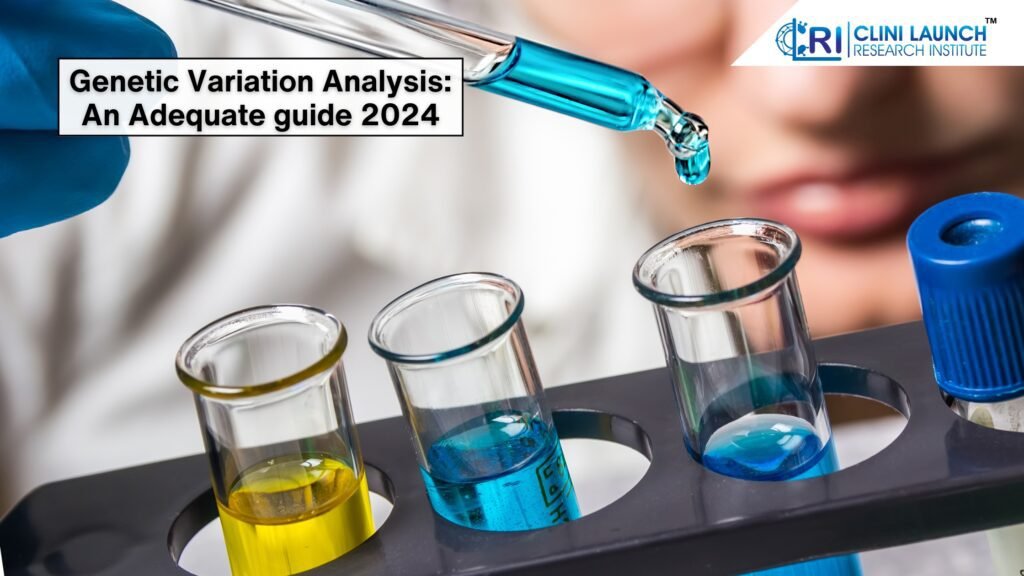
Numerous genetic variation analysis is woven throughout the fabric of humanity. Every person is a distinct chapter in this elaborate tale, bearing the blueprint for their biological composition and the echoes of ancestral travels in their DNA. Genetic Variation Analysis is the scientific exploration of these genetic threads, a quest to decipher the patterns and […]
Biological Networks – Crack Nature’s Secrets | 2024

Unveiling the symphony of life – The power of biological networks The human body is a complicated system composed of billions of interconnected components that work together in exquisite harmony. Understanding the fundamental processes driving this biological symphony has been a primary goal of scientific research. In the past, researchers have taken a reductionist tack, […]
Bioinformatics Basics: Unleash Biological Data in 2024
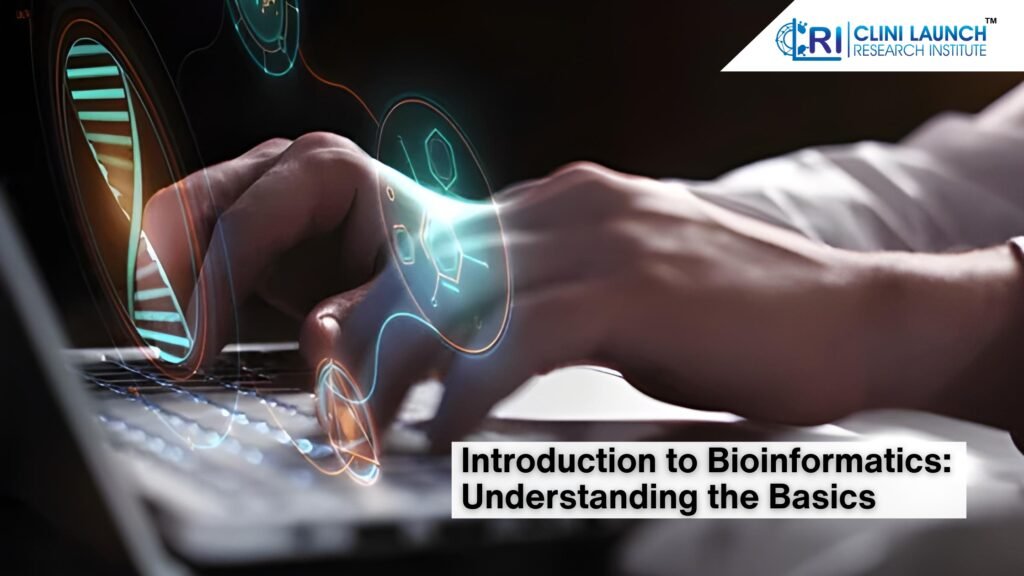
The field of biology is rapidly evolving, demanding skilled professionals who can bridge the life sciences with computational power. Enter bioinformatics! Bioinformatics Basics: Awaiting World of Discovery Bioinformatics applies computer science and information technology to biological data. It empowers researchers to analyze, interpret, and organize vast amounts of information like DNA sequences, protein structures, and […]
The Best Top 5 Bioinformatics Advancements in 2023

The Bioinformatics field came with numerous advancements in 2023. It has transformed the field of biological research. Yes, there are multiple discoveries to advance the understanding of complex biological processes that have led to new treatments and therapies. In this blog, you will explore the top 5 bioinformatics advancements in 2023 and based on how […]
Is Bioinformatics a Good Career in 2024: A Thriving Field
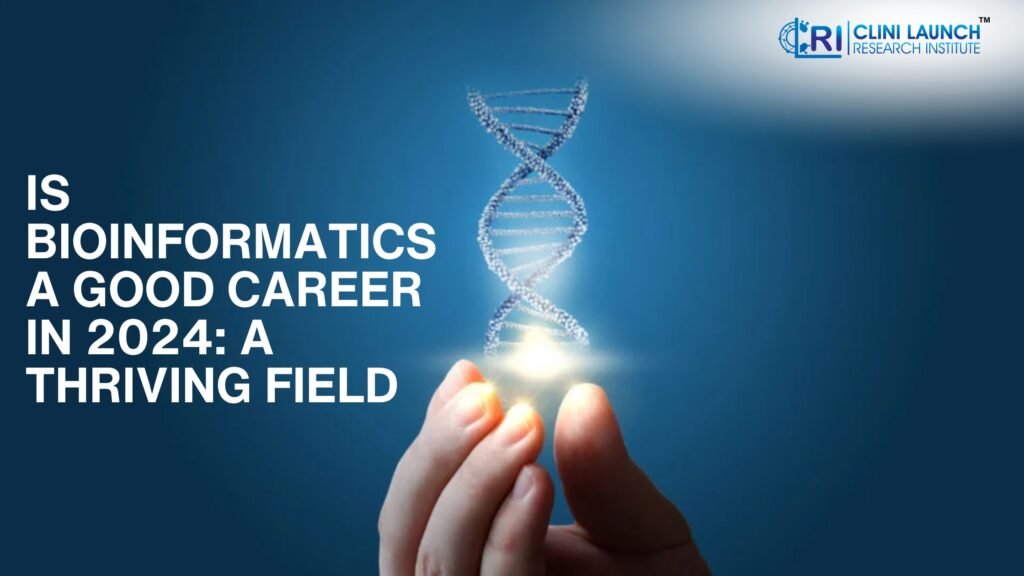
Bioinformatics is a multidisciplinary field combining statistics, biology, computer science, engineering, and mathematics to analyze and decipher biological data. Now, is bioinformatics a good career in 2024? Yes, it is one of the most promising and rapidly evolving career fields in science and technology. It has applications in various domains such as health care, agriculture, […]
5 Amazing Bioinformatics Courses in Bangalore To Boost Your Career

Bioinformatics is the science of analyzing and interpreting biological data using computational tools and techniques. There are amazing bioinformatics courses in Bangalore’s rapidly growing fields with applications in various domains such as medicine, biotechnology, agriculture, and ecology. If you are interested in pursuing a career in bioinformatics, you must have a strong biology and computer […]
